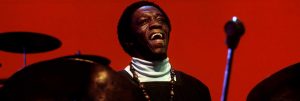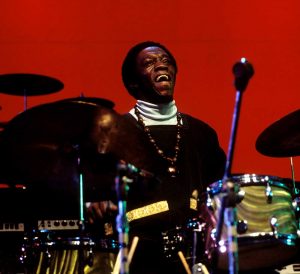The very term hard bop implies a tough, muscular variation of bebop but it also refers to a more accessible, less busy kind of music. Generally speaking hard bop is slower, with a heavier backbeat, but the dividing line between the two genres was never entirely set in stone, and certainly a song such as “Groovin’ High” could be termed bebop when played by its composer Dizzy Gillespie and hard bop when covered by the brilliant alto saxophonist Julian ‘Cannonball’ Adderley.
First and foremost, the newer school often had a pronounced blues and gospel flavour, which are central to the sound of Art Blakey & The Jazz Messengers. They made the album “Hard Bop,” and were the main figureheads of the music in its mid ‘50s heyday. Blakey had a number of talented soloists and composers in his band who created a glorious repertoire to boot. Benny Golson wrote “Blues March” Bobby Timmons “Moanin’,” Lee Morgan “The Witch Doctor” and Wayne Shorter too many tunes to mention. These players largely defined hard bop and would go on, certainly in the case of Shorter, a great intellectual as well as visionary artist, to transcend it.
Four archetypal hard bop records that everyone should own
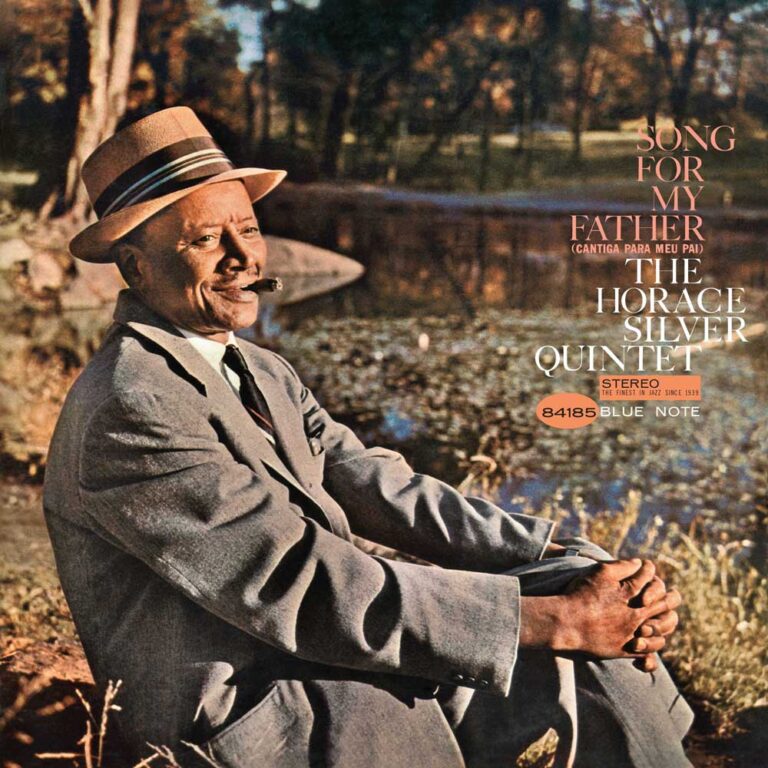
HORACE SILVER Song For My Father
Available to purchase from our US store.In the late ‘90s, the final phase of his career, pianist-composer Horace Silver was lovingly called ‘the hard bop grand pop’, and it is easy to see why the moniker fitted so well. He was one of the great architects of the music in the ‘50s, the decade in which his playing and writing achieved the all too rare feat of being artistically impressive and irresistibly catchy.
An American of Cape Verdean origin, Silver drew heavily on African and Latin rhythms in his music and “Song For My Father,” which, as the title states, is a tribute to Silver senior, whose portrait graces the front cover, is a masterpiece. The title track alone, with its gorgeously swaying bossa nova rhythm, makes the point that the best dance music does not always need to have the highest tempo.

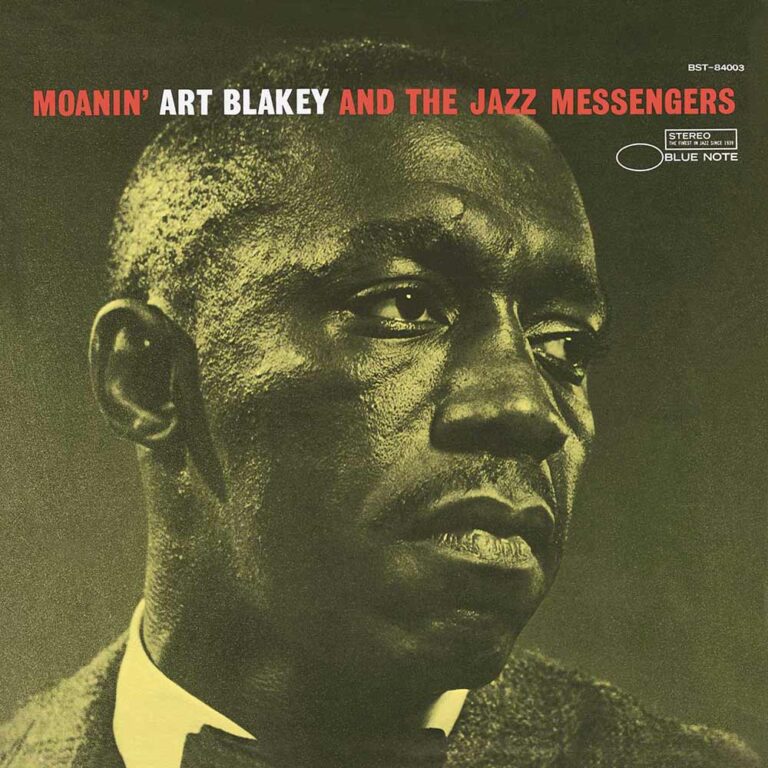
ART BLAKEY AND THE JAZZ MESSENGERS Moanin'
Available to purchase from our US store.One of the greatest small groups of all time Art Blakey & The Jazz Messengers had a big band sound. On “Moanin’” Benny Golson’s tenor saxophone, Lee Morgan’s trumpet and a rhythm section fuel-injected by Blakey’s legendary press roll, gives the music a fiery passion that is offset by some immensely lyrical themes. Golson is the main composer, and his “Along Came Betty” is a melody of subtle but intense emotional charge that swings elegantly. But the title track by pianist Bobby Timmons is unforgettable for its deeply soulful extrapolation of the African-American gospel tradition.
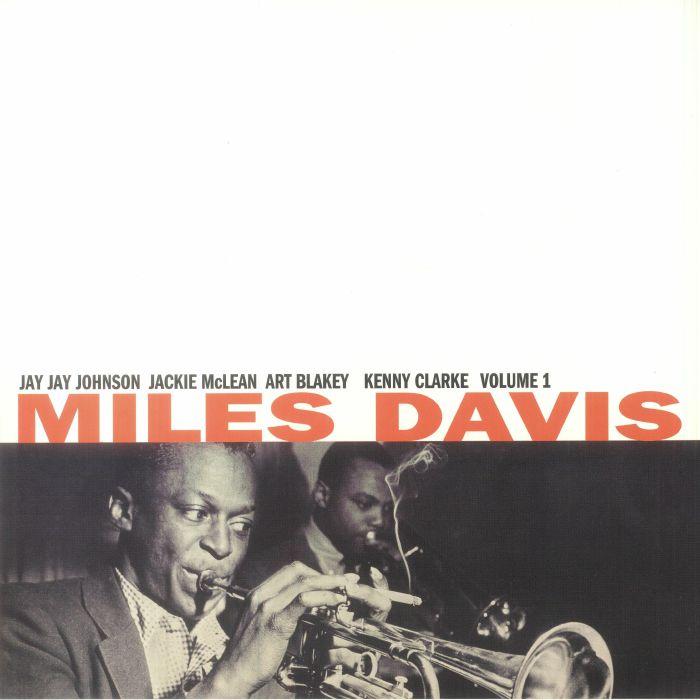
MILES DAVIS Volume One
Available to purchase from our US store.Although ‘acoustic Miles’ is largely defined by the ground-breaking “Kind Of Blue,” the legendary trumpeter’s work throughout the ‘50s also had many highlights, and his brief contract at Blue Note saw him produce three excellent sessions between 1952 and 1954. A former member of Charlie Parker’s quartet and Dizzy Gillespie’s big band, Davis had learned bebop from its creators, and was more than capable of negotiating its transition to hard bop.
On this compilation of numerous releases the trumpeter is backed by pianist Gil Coggins, drummers Kenny Clarke and Art Blakey, saxophonists Jackie McClean and Jimmy Heath, and double bassists Percy Heath and Oscar Pettiford. The solos and group cohesion on Bud Powell’s “Tempus Fugit” and standards such as “How Deep Is The Ocean” are as good as one would expect.

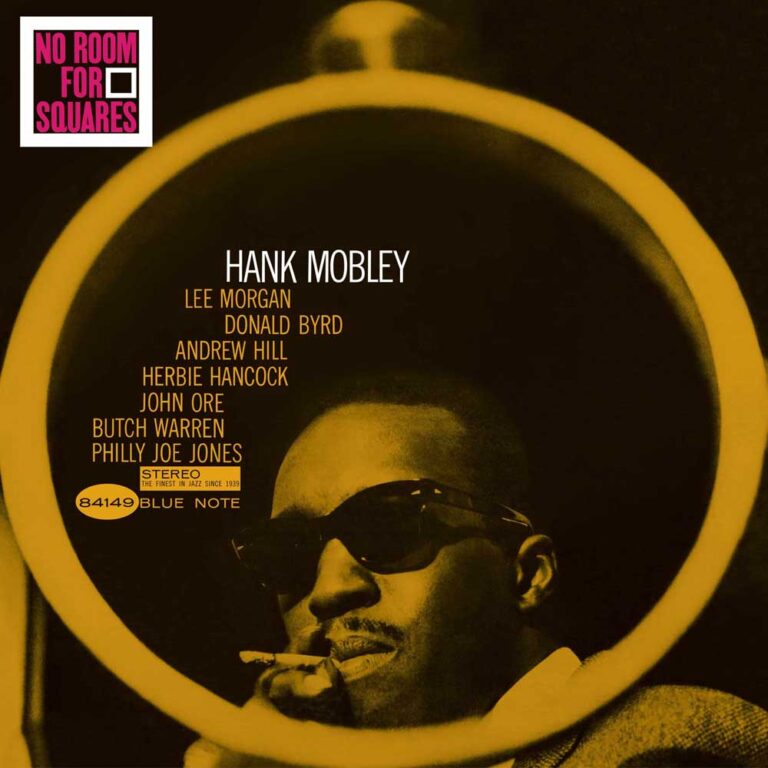
HANK MOBLEY No Room for Squares
Available to purchase from our US store.An essential entry in the hard bop canon. Former Jazz Messenger Hank Mobley was one of the most soulful, hard swinging saxophonists of the 1960s and “No Room For Squares” is arguably the best of a string of fine Blue Note albums that includes “A Caddy For Daddy” and “Poppin’.”
Here he is backed by a versatile band that includes avant-garde leaning pianist Andrew Hill and trumpeter Lee Morgan. Mobley cooks on the danceable “Three Way Split” but he also creates dim-the-lights sensuality on the heartfelt ballad “Carolyn.”

Read On…Joining the Bops 1/3 Bebop
Kevin Le Gendre is a journalist and broadcaster with a special interest in black music. He contributes to Jazzwise, The Guardian and BBC Radio 3. His latest book is “Hear My Train A Comin’: The Songs Of JImi Hendrix”.
Header image: Art Blakey performs live on stage with his quintet at the 1969 Newport Jazz Festival in Newport, Rhode Island. 5th July 1969. Photo: David Redfern/Redferns via Getty.

